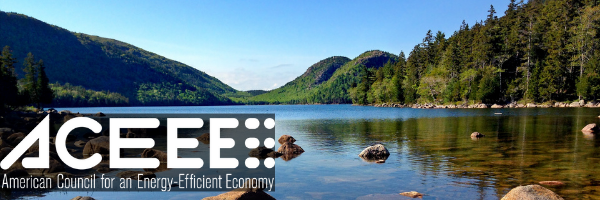
September Newsletter
Hello Friends—
I write to you as extreme weather events—Hurricane Ida in the East, wildfires in the West—cause severe flooding, extended power and water outages, and other painful damage. These are the growing challenges of a warming climate and a reminder of the importance of our work to mitigate greenhouse gas emissions and support resilient infrastructure.
August is typically a quiet month on the policy front, a break in the energy efficiency action as Congress heads into recess and ACEEE staffers go on summer vacations. Not this year. The infrastructure bill passed by the U.S. Senate in early August includes billions of dollars in energy efficiency funding and should tee up historic efficiency investments in the upcoming $3.5 trillion economic plan.
One such investment is a national energy efficiency standard. Finding that such a standard could reduce carbon dioxide emissions by an amount exceeding those from all passenger vehicles in the United States for a year, our recent analysis developed and analyzed the specifics of including energy efficiency in a clean grid plan in Congress’s upcoming bill.
We are proposing another federal effort: co-funding the first three production-scale installations of new technologies that decarbonize industrial processes. Our analysis finds that this co-funding could reduce emissions by an amount equivalent to the current combined annual emissions of California and Texas. We rallied environmental, industry, and labor stakeholders this week to call on Congress to include this proposal and other industrial decarbonization investments in the major budget bill this fall.
We published the first report on the role of energy efficiency in community choice aggregation, a utility alternative for providing customers with a cleaner mix of power, and recommended ways to overcome challenges to incorporating efficiency.
We also have successes to celebrate. In a major step to reduce energy waste from light bulbs, the Department of Energy proposed that some of the most common bulb types be required to meet federal energy efficiency standards. We’re also pleased that five states have adopted energy- and water-saving appliance standards since late March.
Please keep us posted on your endeavors.
Best,
![]()
Steven Nadel
Executive Director
